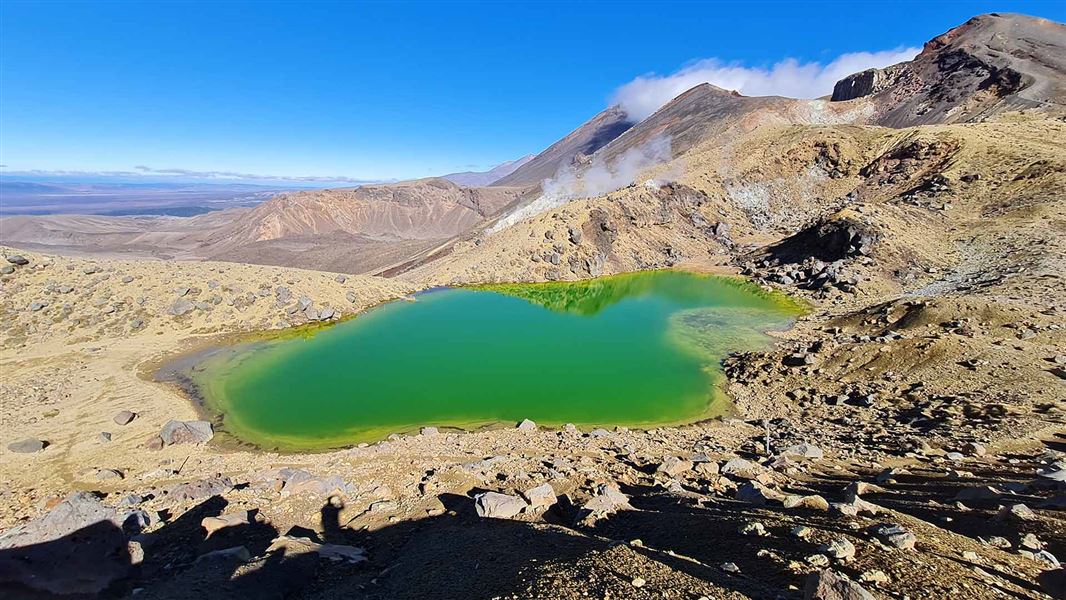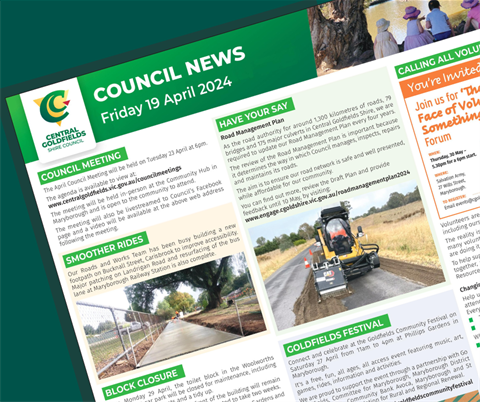This piece was written by RSPCA South Australia’s Chief Inspector, Andrea Lewis, on January 17, 2020.
Andrea was on Kangaroo Island for four days assisting with animal rescue efforts in the aftermath of the island’s bushfires. She worked with two RSPCA colleagues – veterinarian Lauren and animal handler Justin – to assess and care for injured animals.
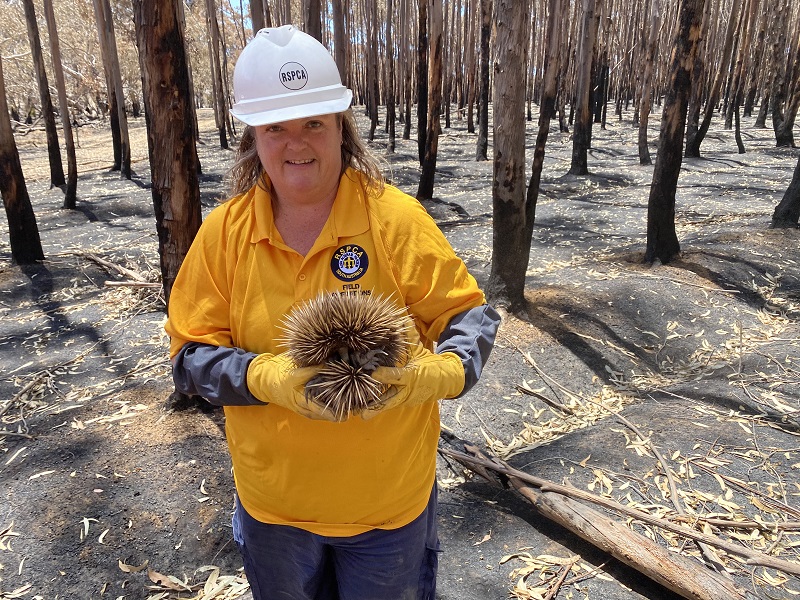
11.16PM
I’ve been on Kangaroo Island since yesterday and just recently finished up for the day. We’ve had the most full on two days so far and I’m incredibly tired, but I’m experiencing so many emotions that I thought I’d send some late night ramblings on the day’s events.
This morning, we started with a safety briefing. We were given maps showing where we could go, which roads were safe to travel on and any current warnings. Then we collected our lunch packs and headed out to the KI wildlife park where the triage centre is currently located.
Lauren was put to work immediately with caring for the koalas who’ve already started their treatment – each day they need to have their wounds reassessed, their bandages changed, and be re-hydrated and medicated where required.

Justin and I headed out with a vet from SAVEM to a property near Cape Borda, about 45 minutes from the park. The army had been here and had reported a number of kangaroos and wallabies that were barely moving. The first one we saw was sitting under the shearing shed, looking immobile.
When we approached, this kangaroo just watched us, and didn’t move away. For a wild animal who would normally bolt as soon as it saw anyone coming near it, this wasn’t a good sign. With binoculars, Justin and I could see the burns on this kangaroo’s feet were full thickness – so painful, that the poor thing couldn’t stand.
The kindest thing we could do for this kangaroo was to quickly end her pain by shooting her. She was the first animal we saw today, and she couldn’t be saved. It wasn’t a good start.
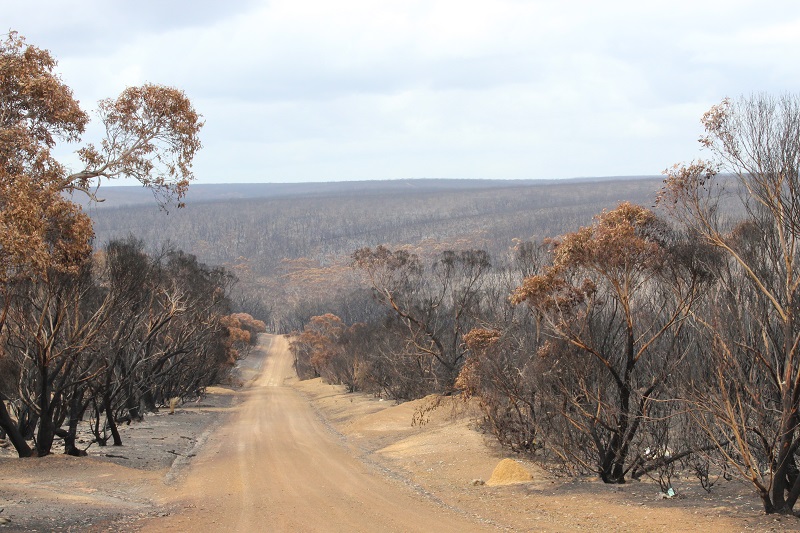
Unfortunately, the day didn’t really get much better. We saw so many kangaroos with terrible burns to the feet, lying there immobile and emaciated. The photos are too graphic to show.
There was a plantation on the property where we found several koalas sitting at the base of the burnt trees – hungry and thirsty, but able to be helped. We collected them and travelled back to the wildlife park where they were attended to by the vets.
Lauren still had more patients to see at the park, so Justin and I helped her wash and bandage multiple koalas with burnt feet. There were over 35 new koalas who came in for treatment today.
With two weeks having now passed since the first of the fires, the animals coming in now are very badly compromised; they are severely dehydrated and their wounds are infected, but we’re still doing what we can.
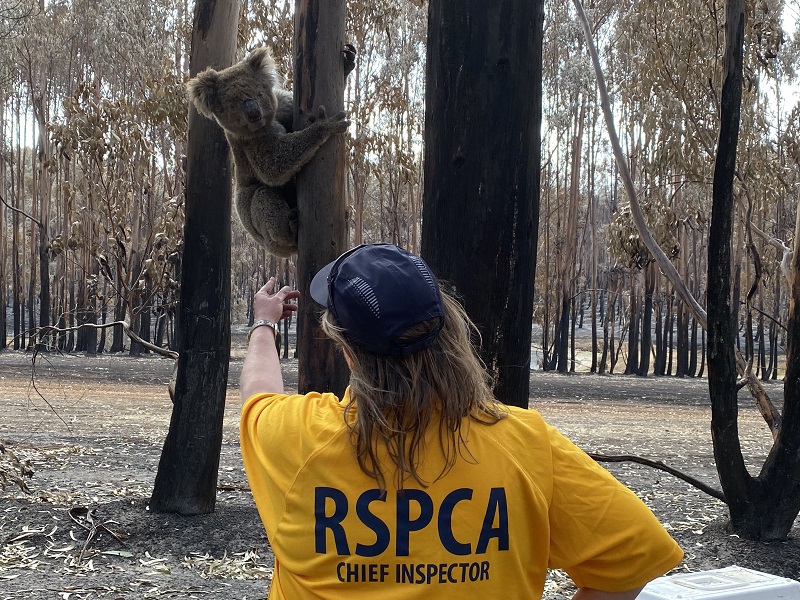
Once we finally left the park, we were all exhausted – and not just me and my RSPCA colleagues. It’s so easy to work for 10 hours and not realise how much time has passed. You want to just keep going and do more to help – we all do – but you have to be realistic.
It made me think. The people on Kangaroo Island truly are amazing, and it really feels like this place is like its own world.
There is the loveliest man at the wildlife park who brings around trays of snacks, sandwiches, fruit, pies, pasties and drinks multiple times a day, every day, just to make sure everyone is looking after themselves.
We’ve seen koalas coming in with the army, with farmers and local people, with CFS, with RSPCA, with SAVEM. Seeing these hard-nosed army and CFS people come in with animals is pretty remarkable. They are so concerned and caring, and they want to do everything they can to help these animals survive.
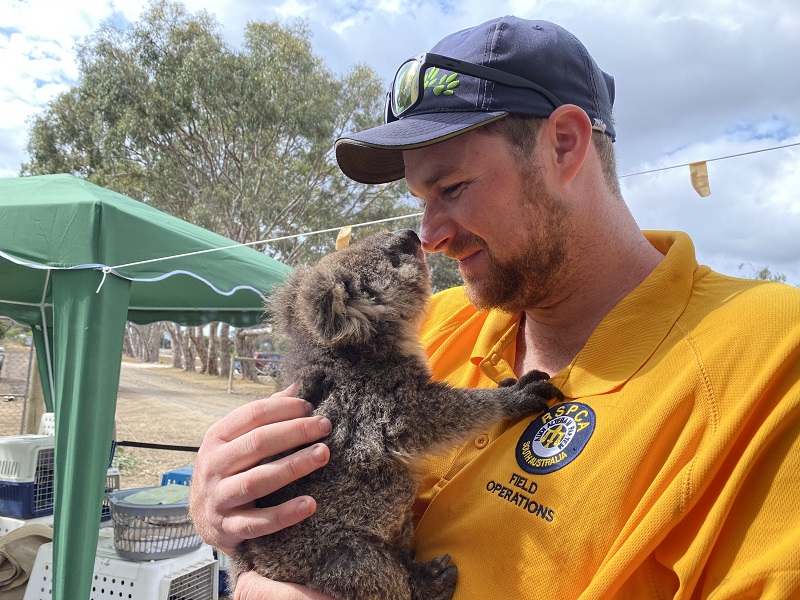
In all my years of involvement with animals I have never seen a situation like this.
There are areas that look fine, normal even, – but soon, you drive through burnt scrub and farmland and are confronted with the sight of dead, burnt animals everywhere you look. In some areas, the smell of death is simply overwhelming.
It’s been a really tough day, and the efforts on KI are far from over. But amid all this sadness, I can’t forget the happy moments.
I can’t explain how amazing it is when you find an animal who’s okay – who doesn’t have burns and who looks well, and you know you can help them.
Today I saw yellow tail black cockatoos, goannas, and even echidnas who were uninjured and coping well. Amid all the destruction, all the ash, all the smoke, when you do see the hearty survivors, I think it makes it all worth it.
If there’s any moral of the story to my late night ramblings, it’s to donate now. We need your support to help these guys recover more than ever.

We’re so grateful for the overwhelming amount of support we’ve received during this crisis. It’s thanks to funding from our supporters that we’re able to continue treating animals in need on fire-devastated Kangaroo Island. To help us continue this work, you can donate to our Bushfire Appeal here.






